Pullman National Historical Park
In a growing Chicago neighborhood, diverse people and stories intertwined. All were seeking opportunity. Some succeeded. Others were limited—by race, gender, or economic status. Their stories came together in Pullman, a planned industrial community famed for its urban design and architecture.
The Administration Clock Tower Building Visitor Center is located at the corner of 111th Street and S. Cottage Grove Avenue. The parking lot entrance on 111th Street (DO NOT drive through the historic stone worker's gate entrance).
- Guided Tours
- Self-Guided Tours - Walking
- Self-Guided Tours - Auto
- Park Film
- Museum Exhibits
- Shopping
- Gift Shop and Souvenirs
- Architecture and Building
- African American Heritage
- Engineering
- Industry
- Factories
- Laborer and Worker
- Labor Movement
- Military
- US Army
- Social Movements
- Civil Rights
- Transportation
- Trains and Railroads
- Urban America
Pullman Clocktower on sunny day
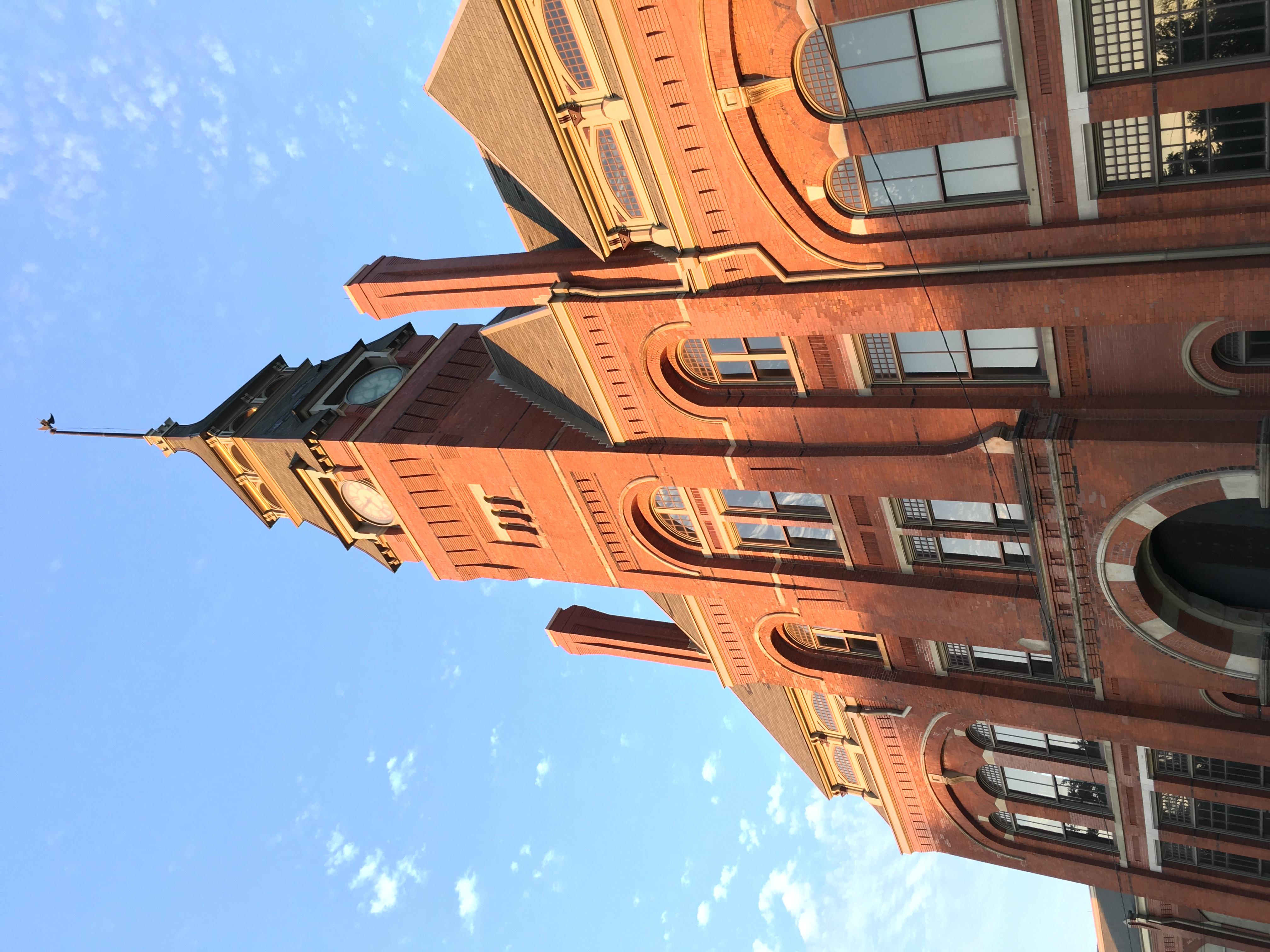
The iconic Pullman clocktower building is one of the central buildings of Pullman National Monument.
Clock Tower and Administration Building
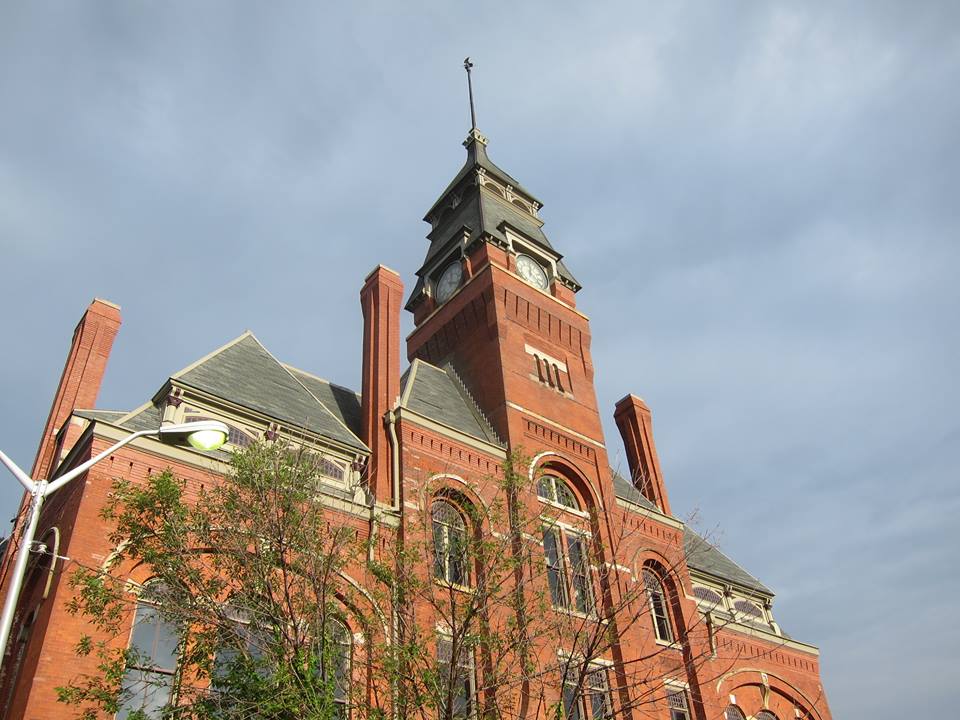
Built in 1880 for the rail car construction factory and executive offices of Pullman's Palace Car Company, this building complex was one of the most beautiful industrial landscapes in America.
Historic Administration Building
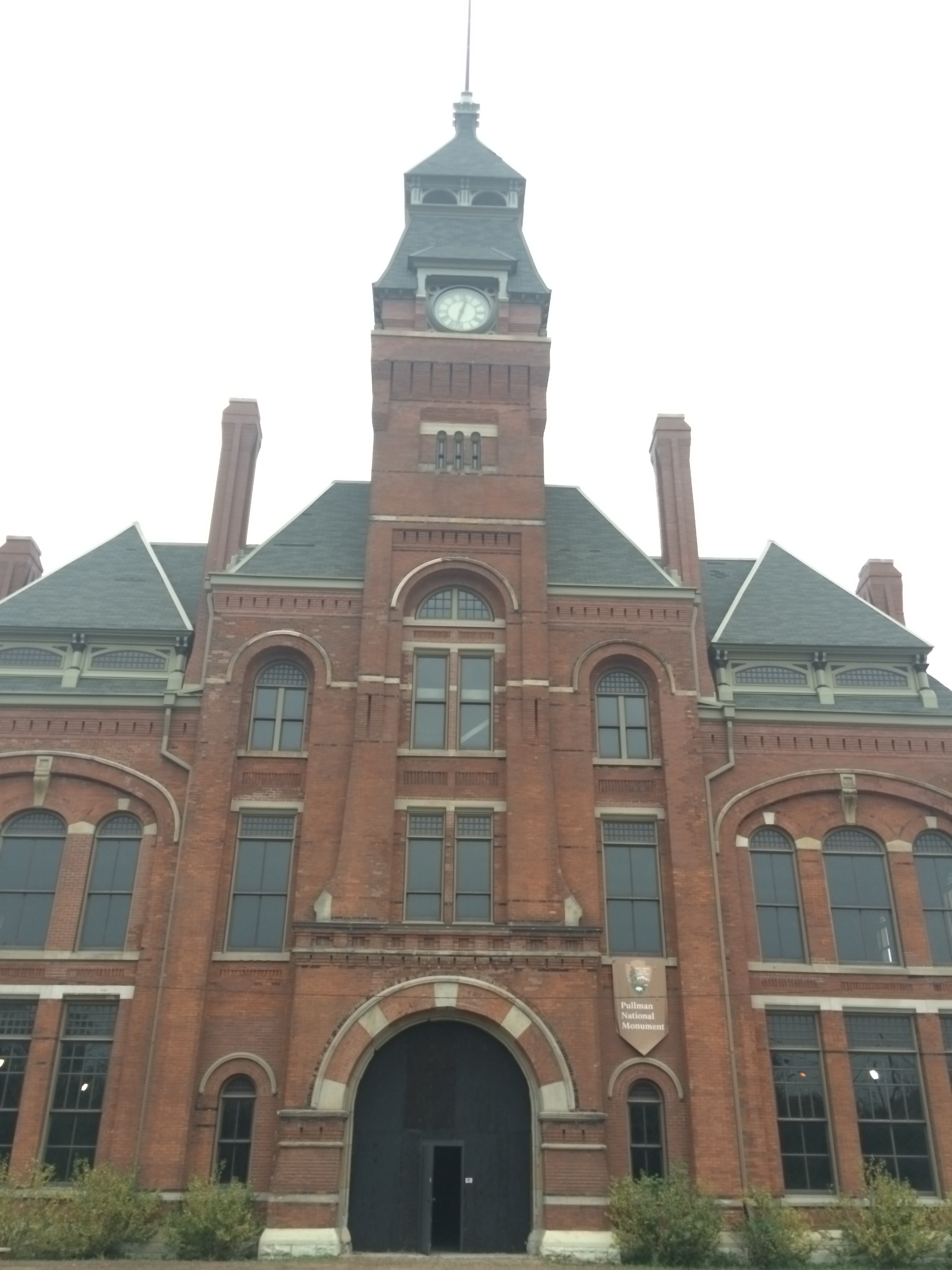
Administration Building
Hotel Florence Building
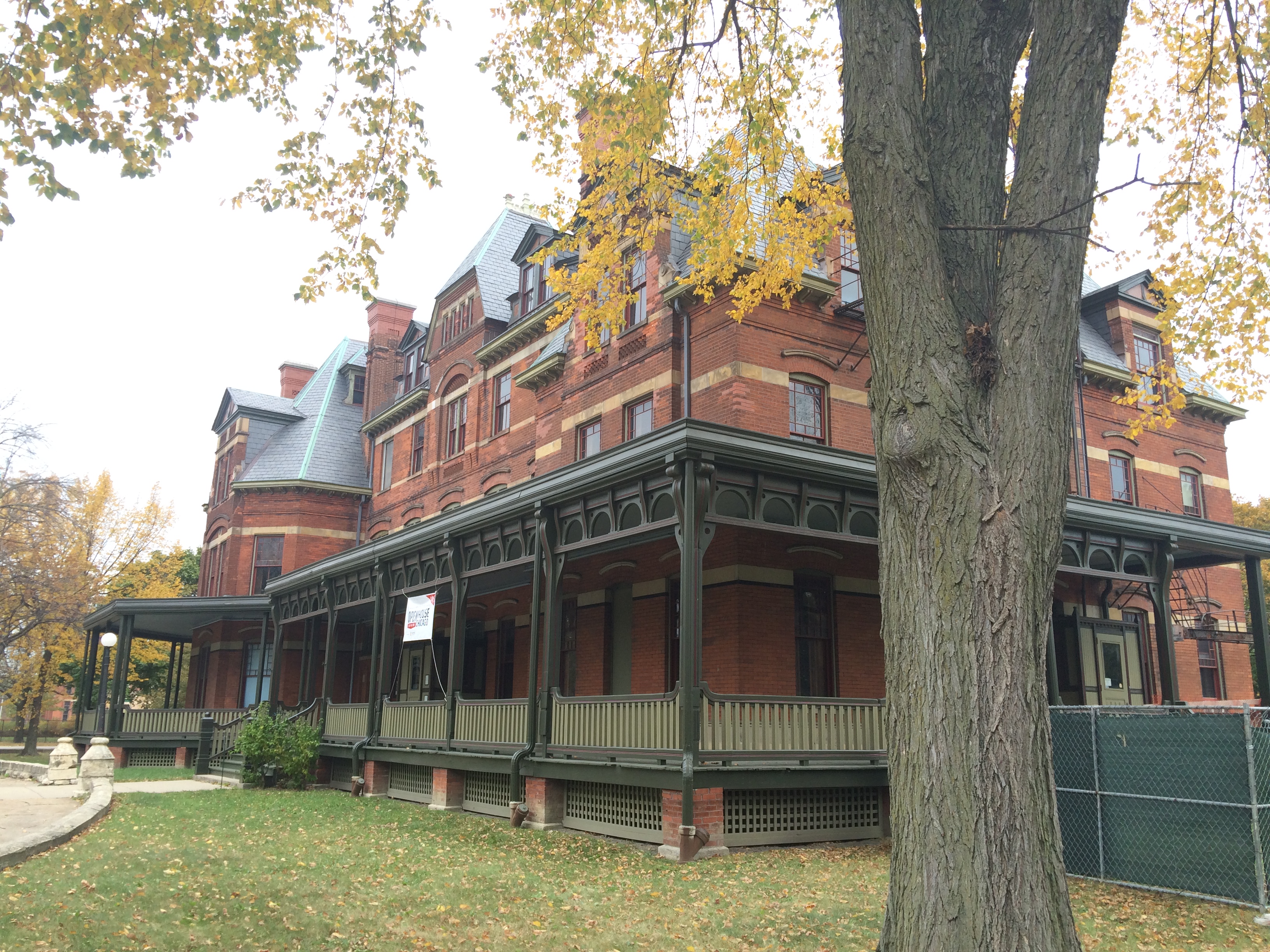
The Hotel Florence opened on November 1, 1881 as the hospitality showcase for visitors to George Pullman's "perfect town" of Pullman. The hotel was named for George's favorite daughter, Florence.
American Flag
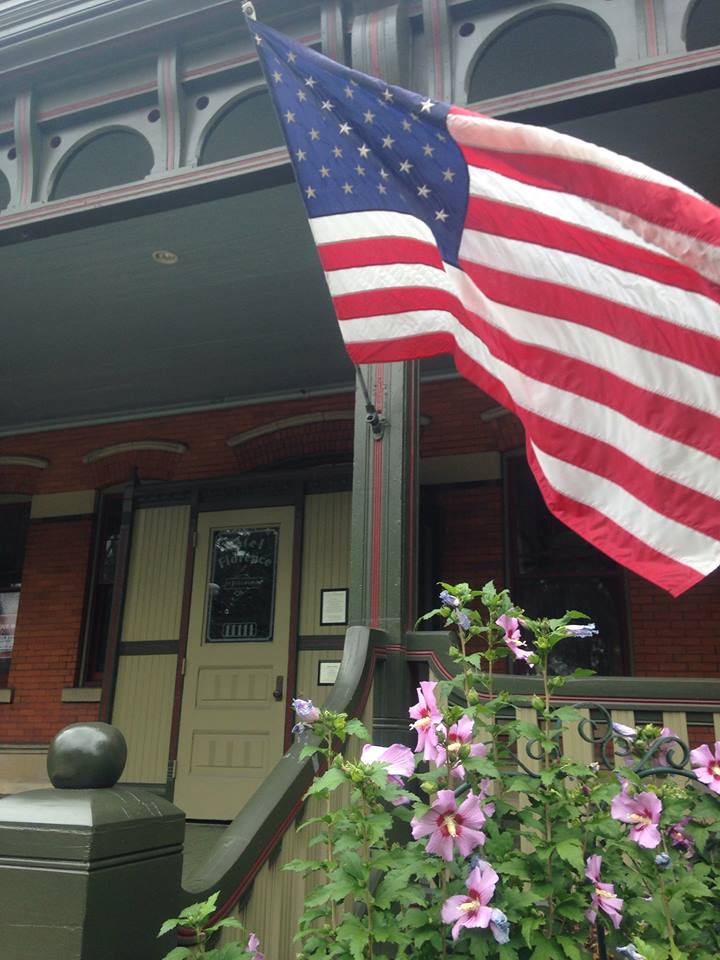
The Pullman district also benefits from a diverse and proud residential community.
Clock Tower and Administration Building

Built in 1880 for the rail car construction factory and executive offices of Pullman's Palace Car Company